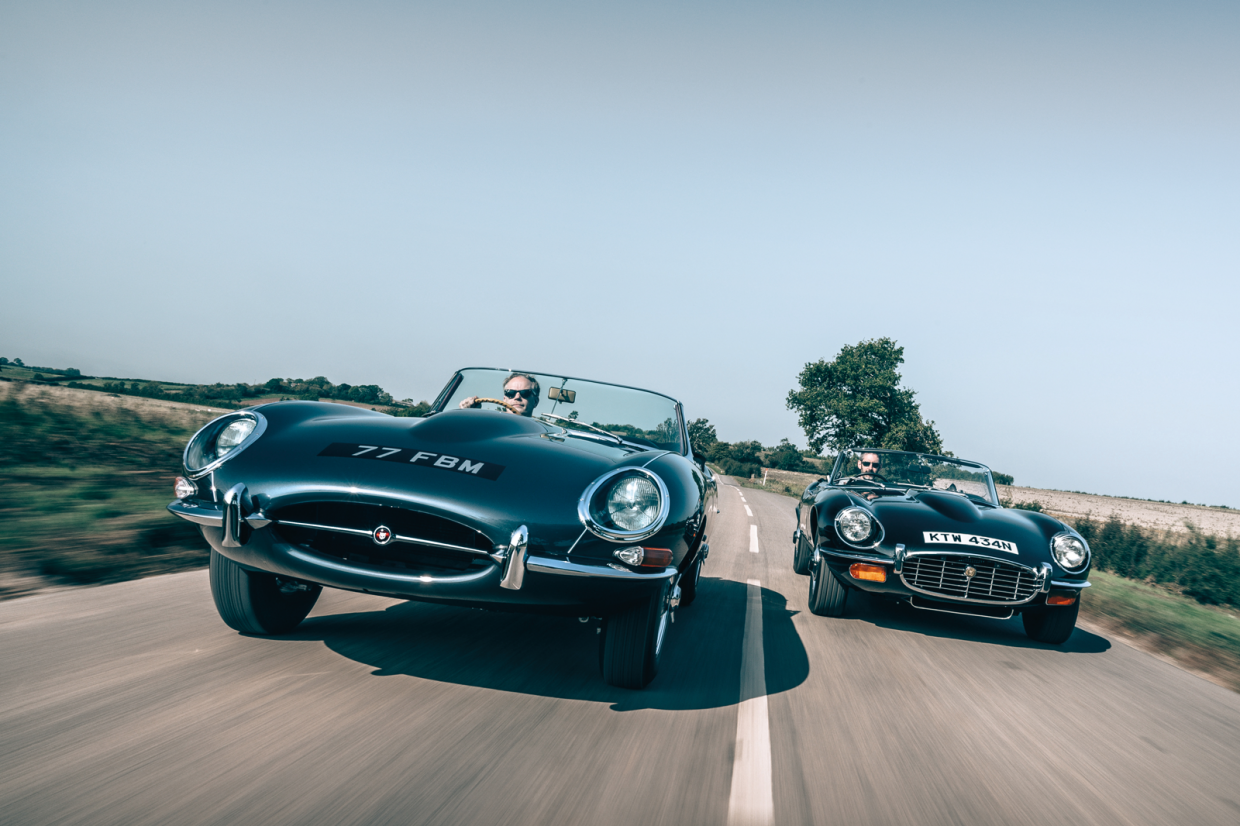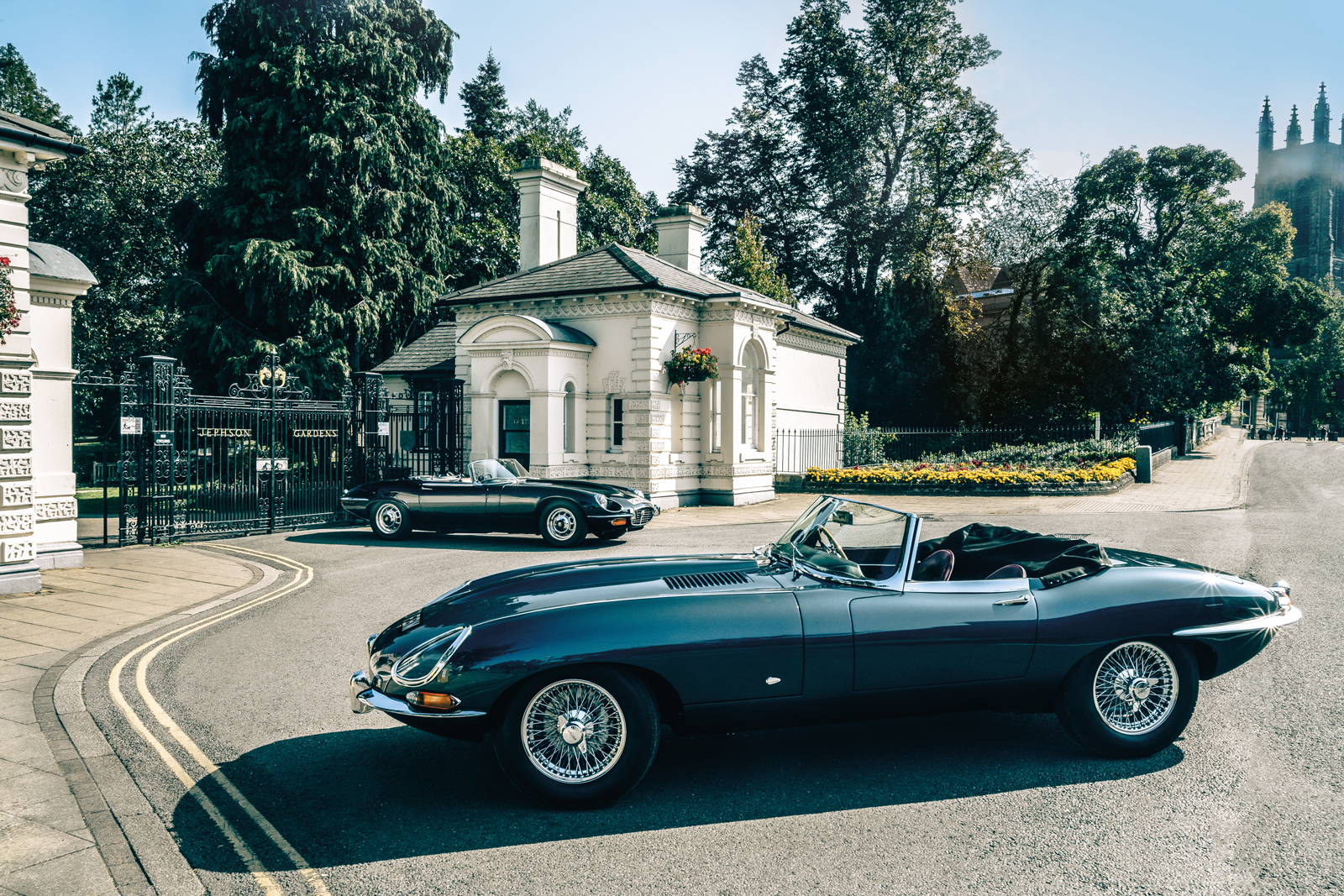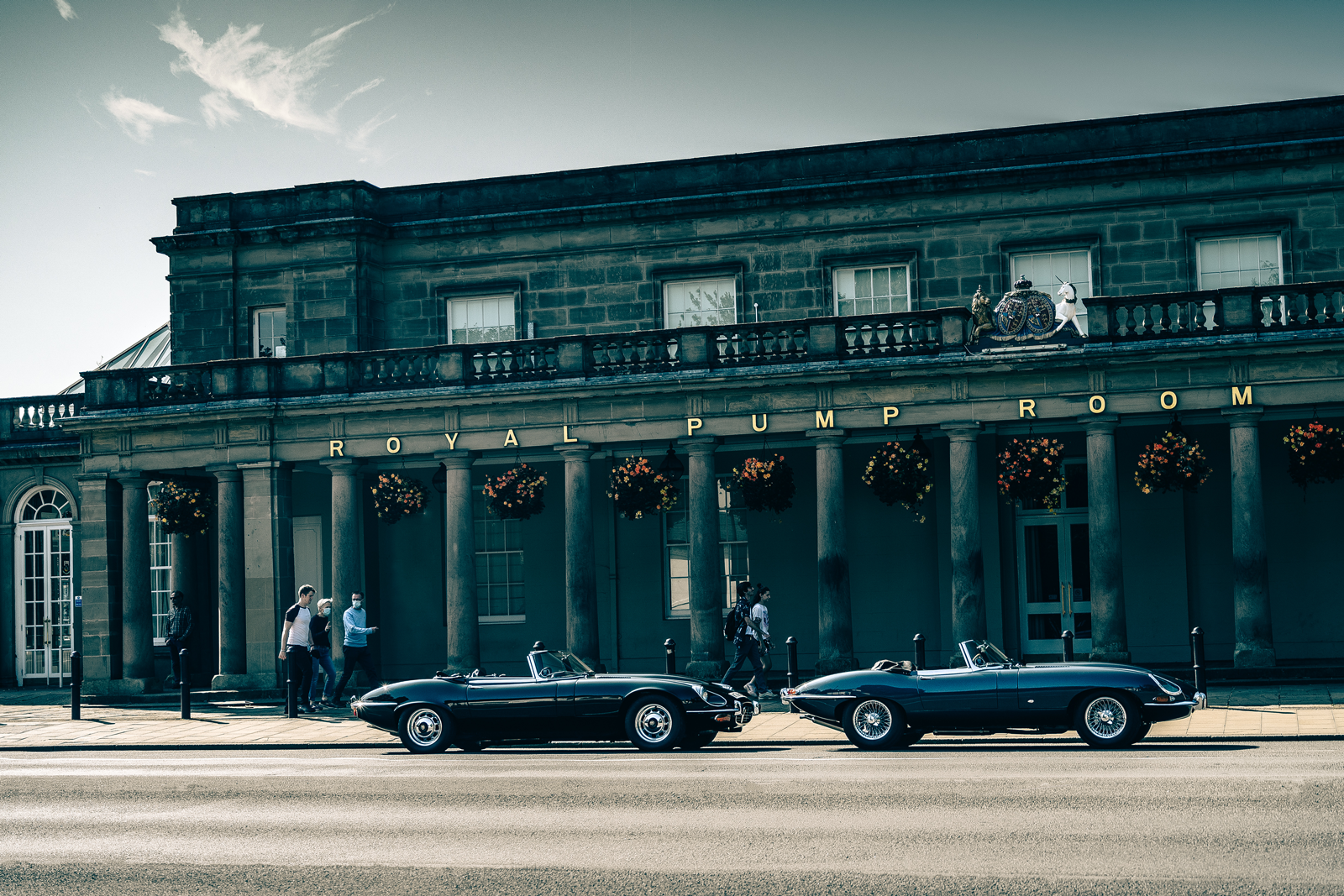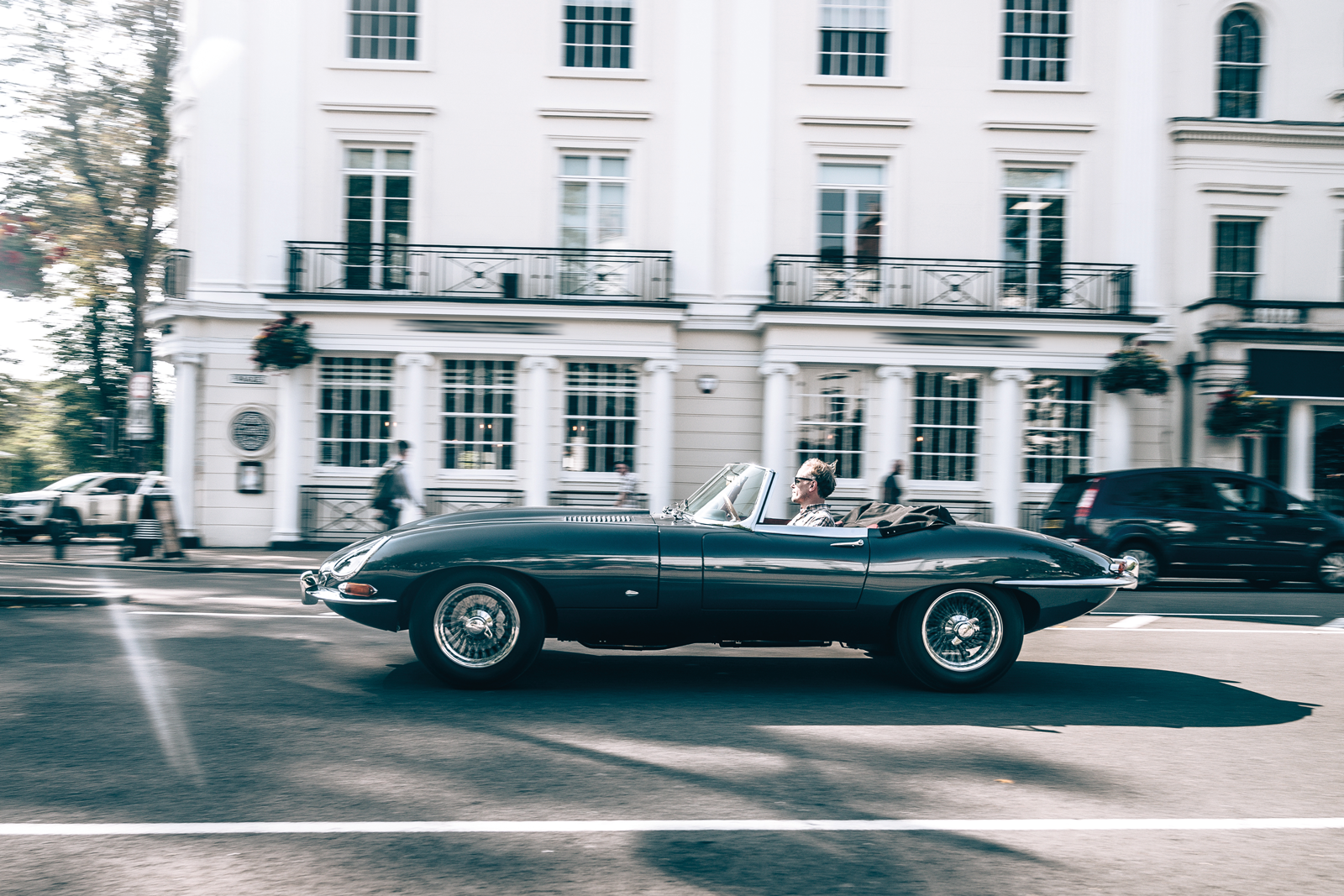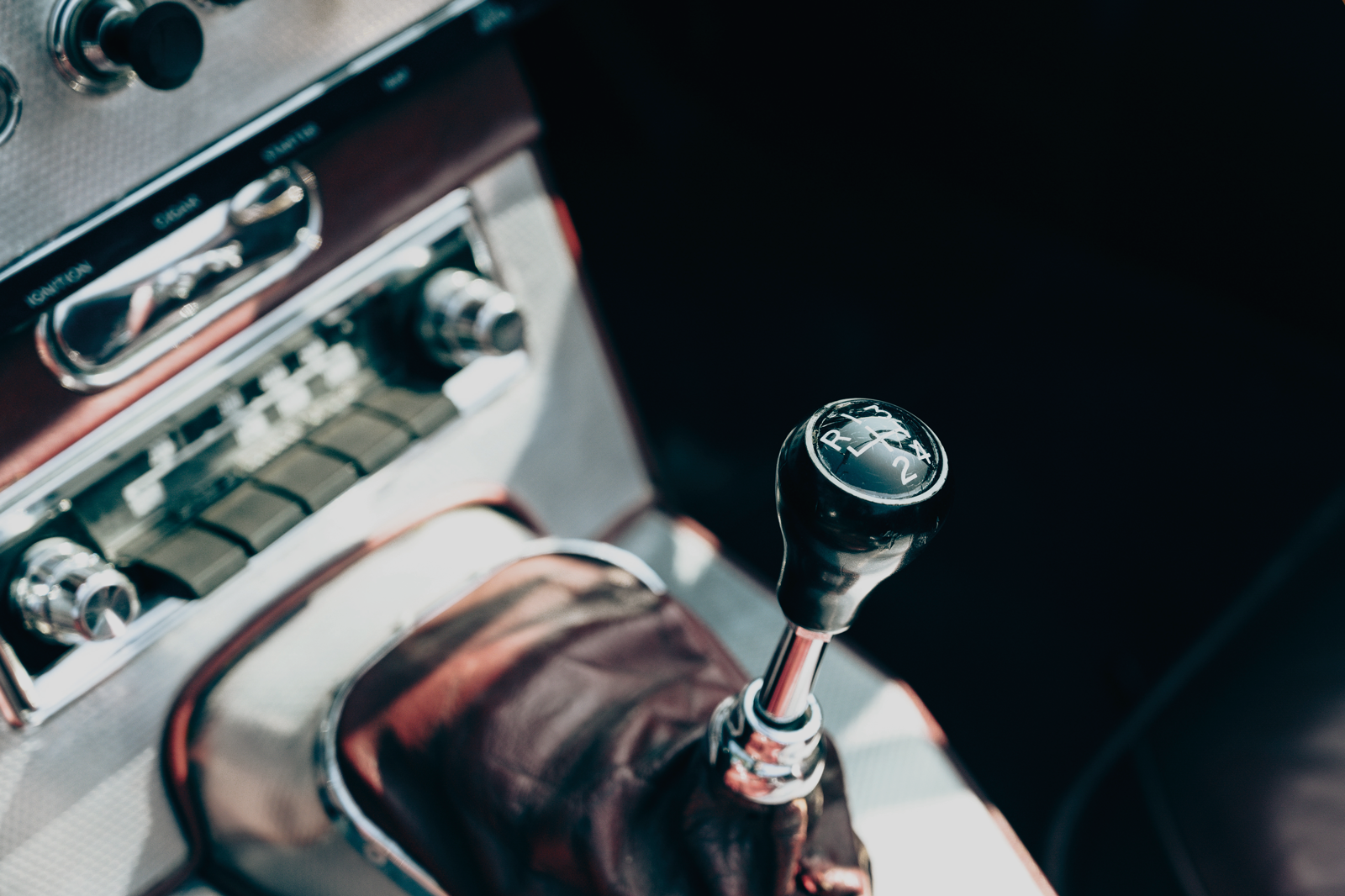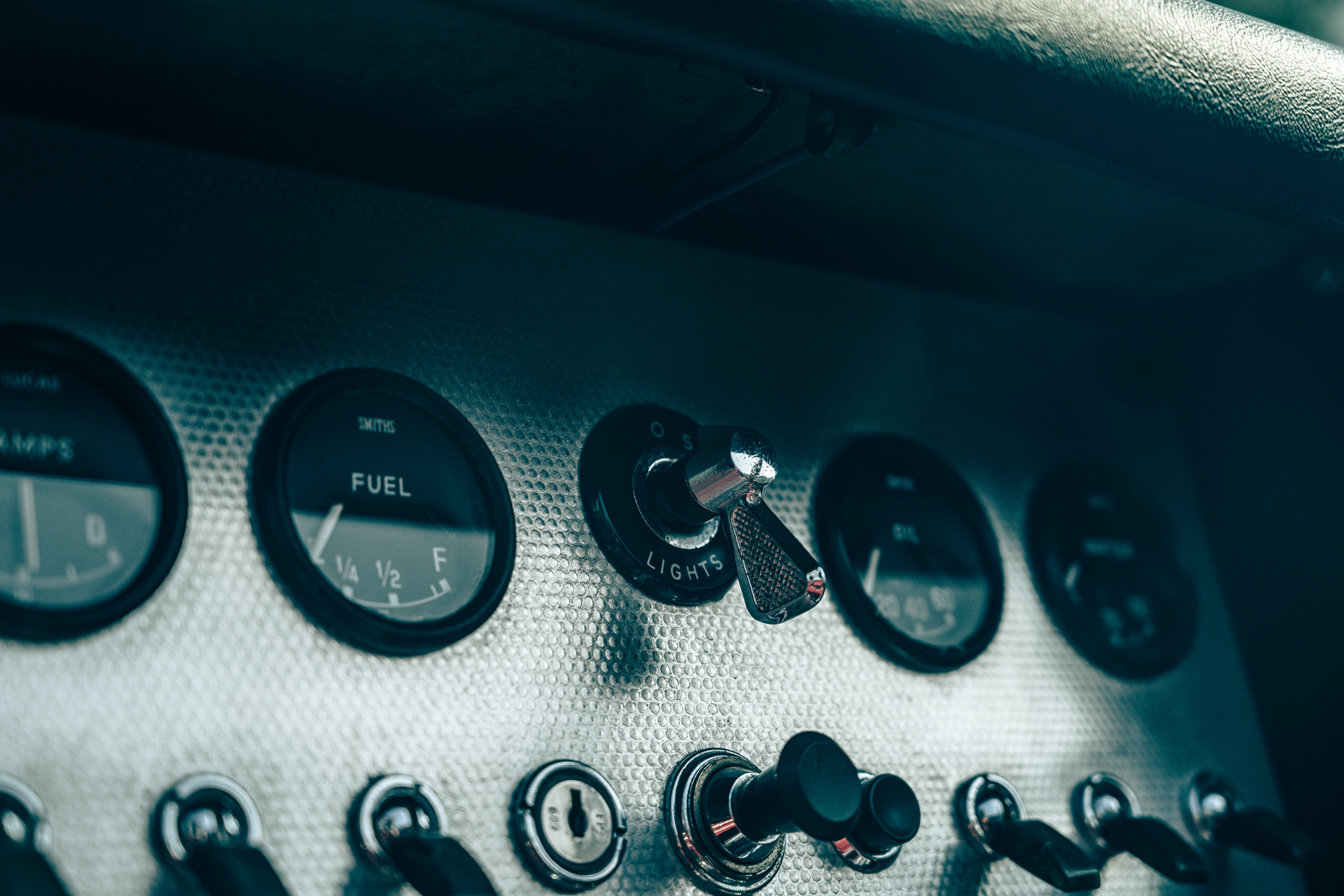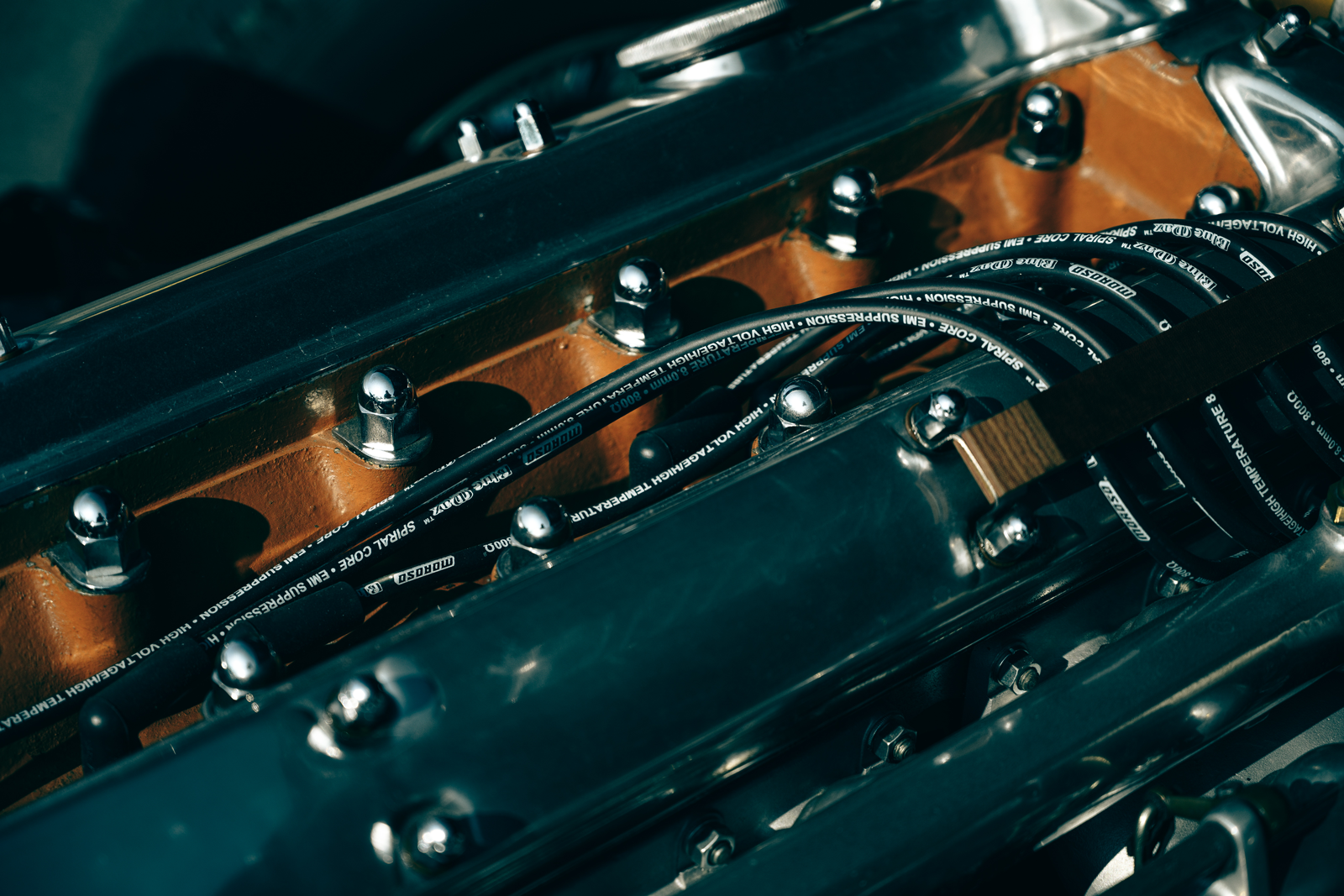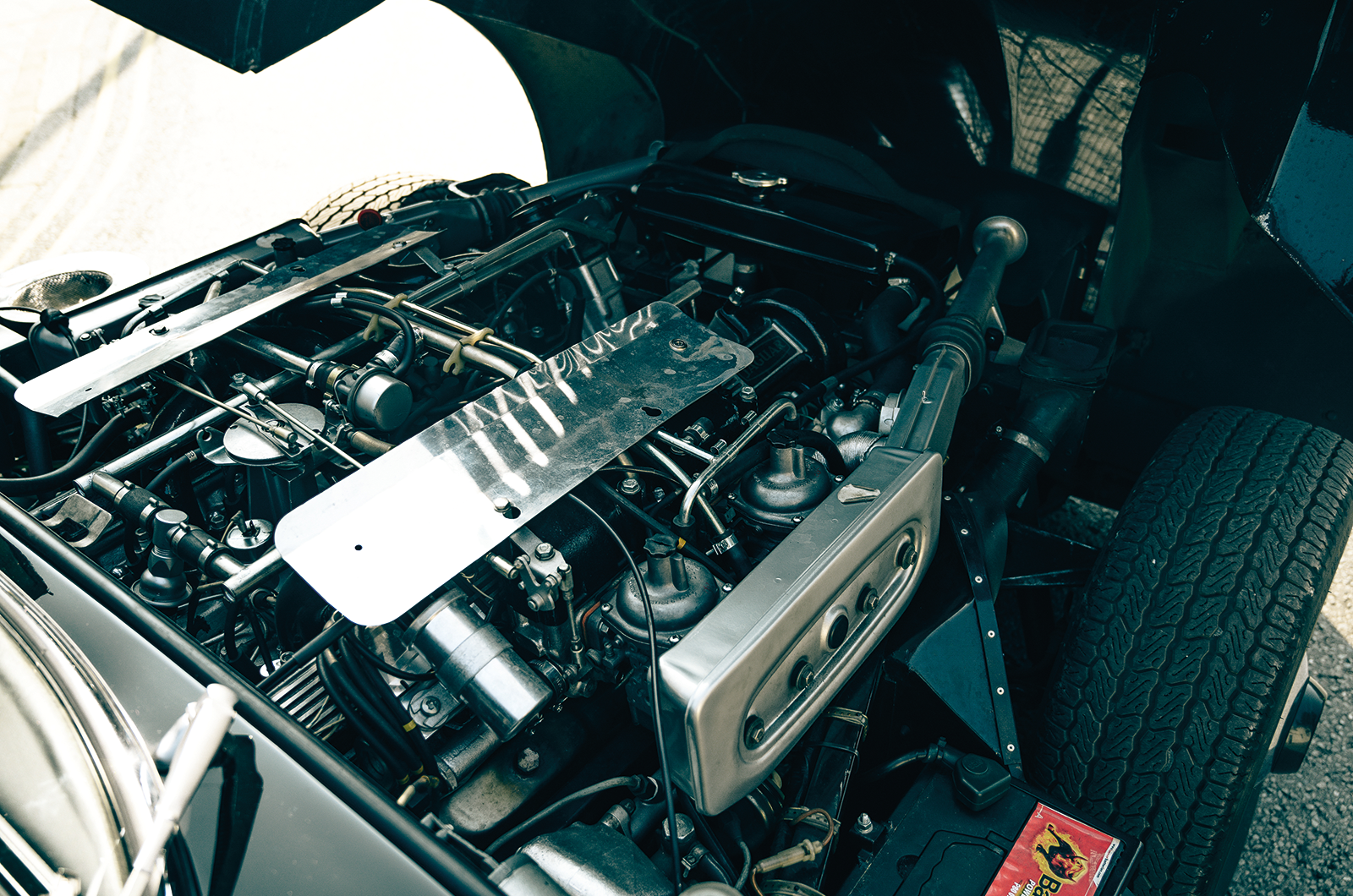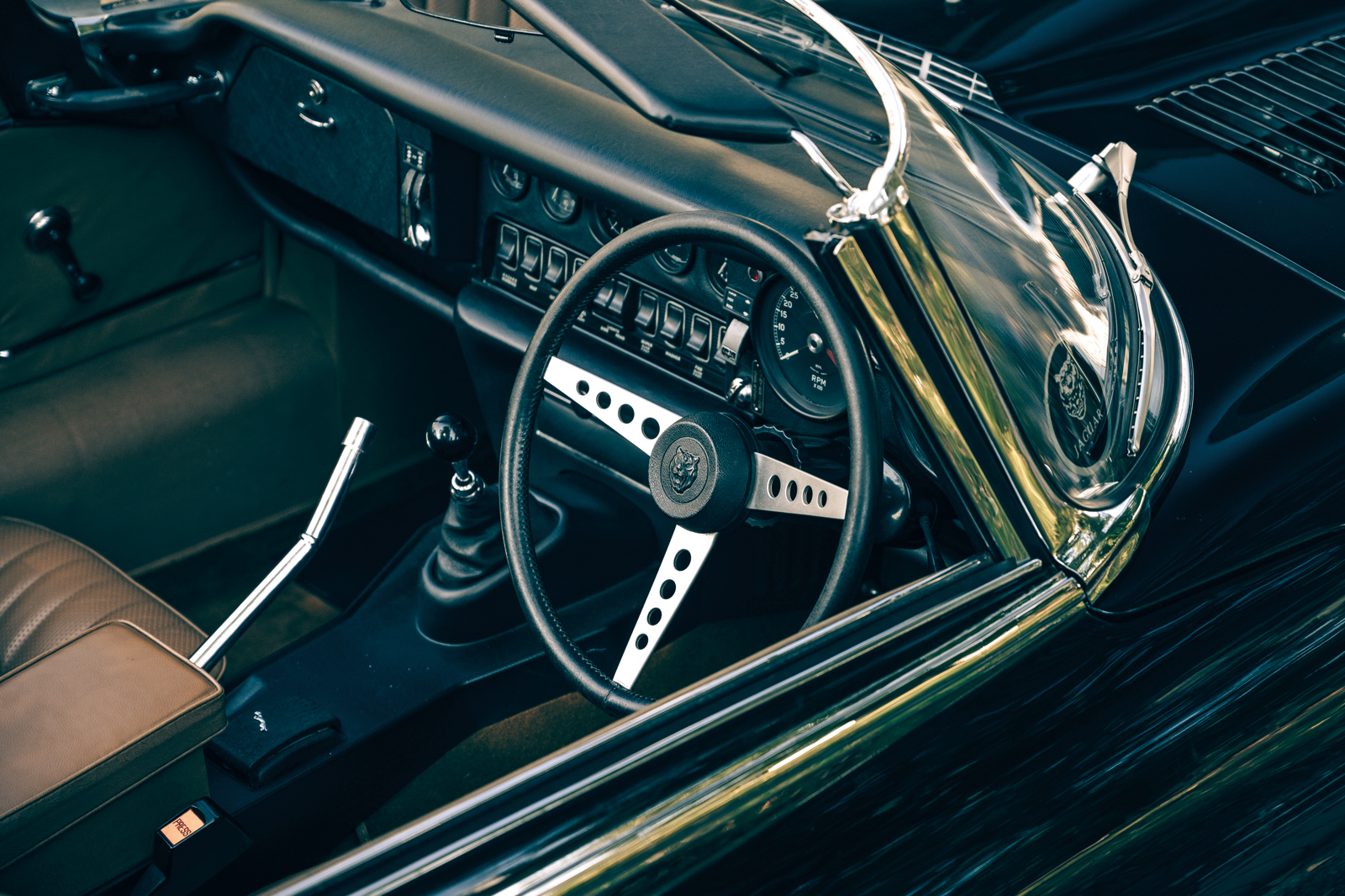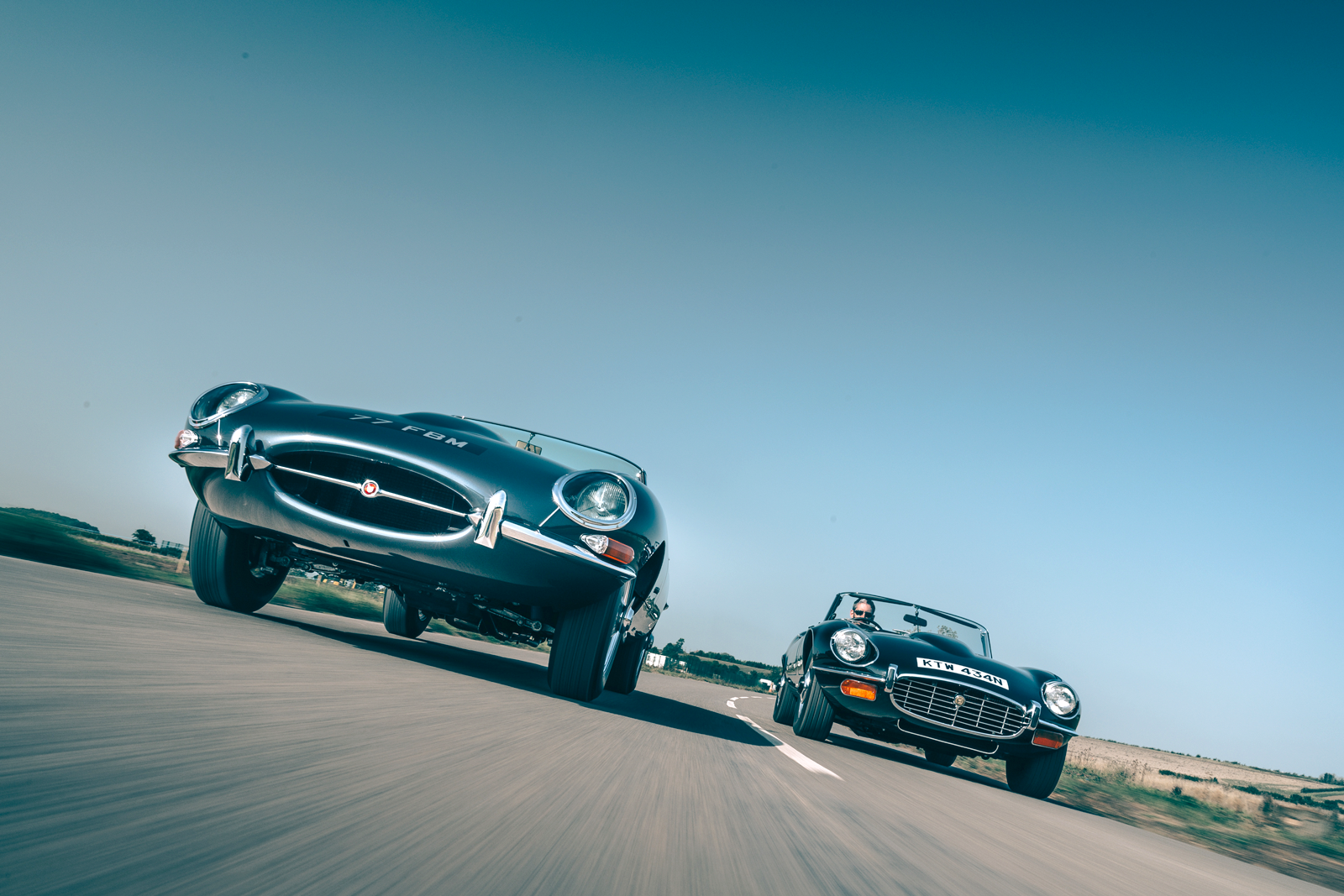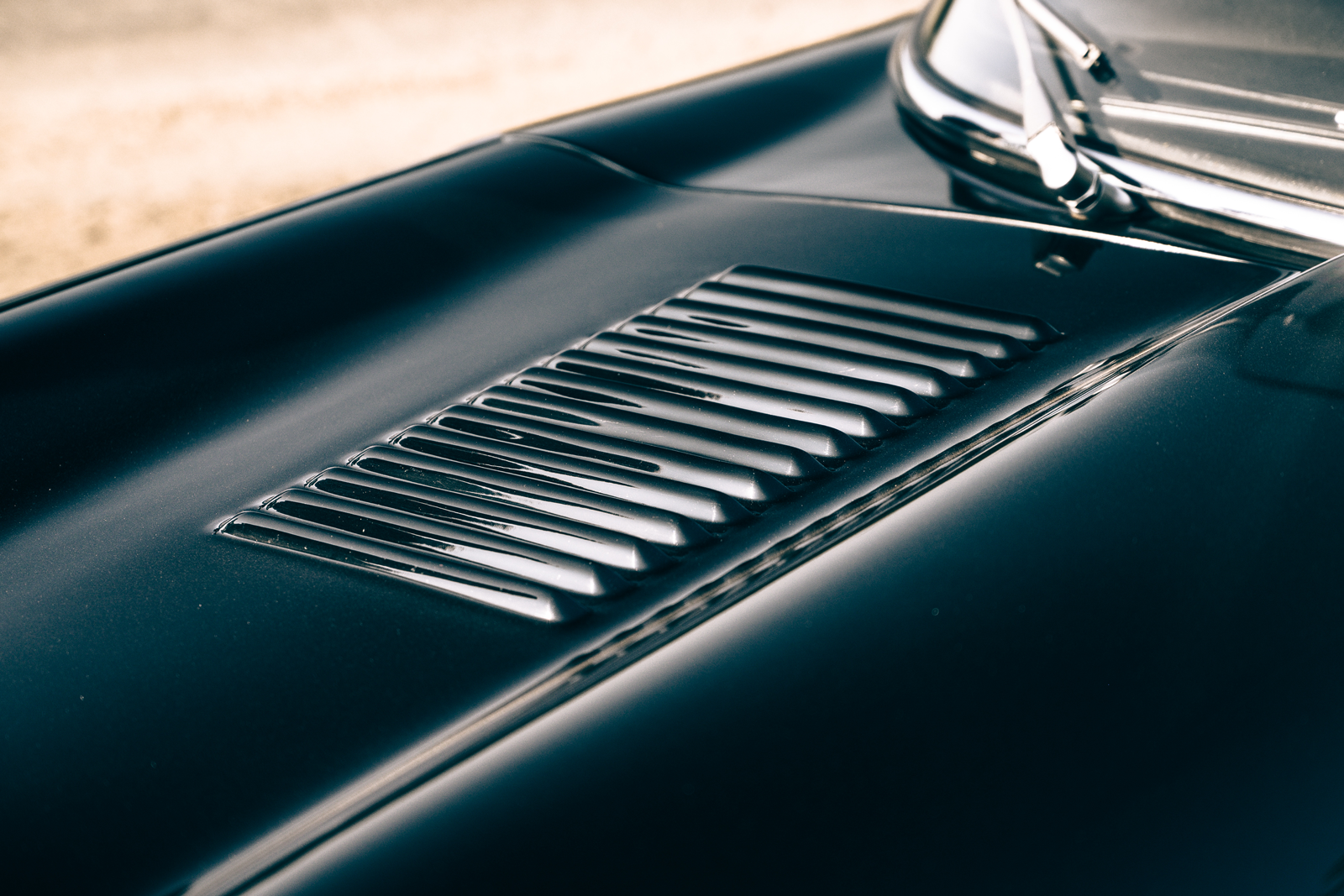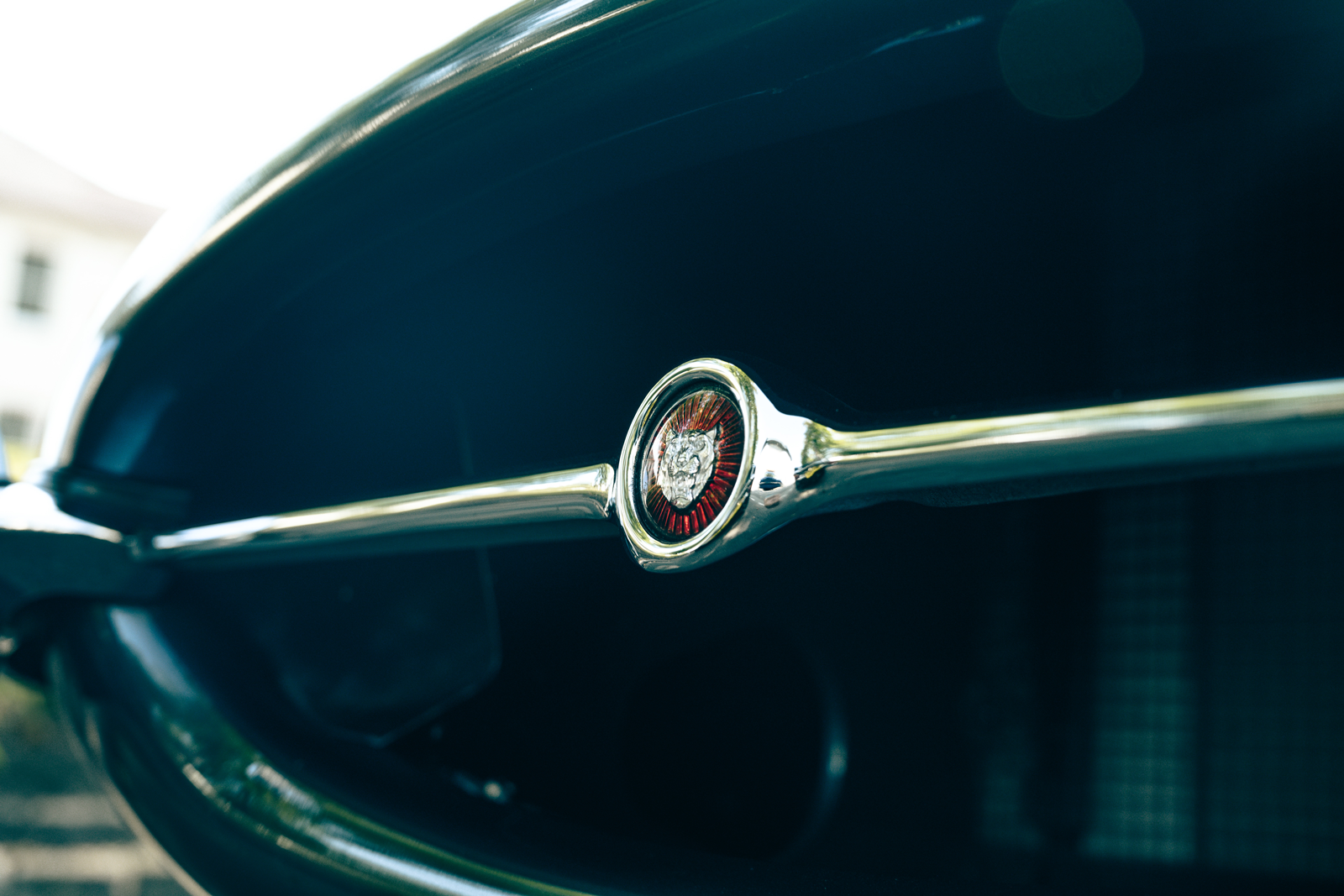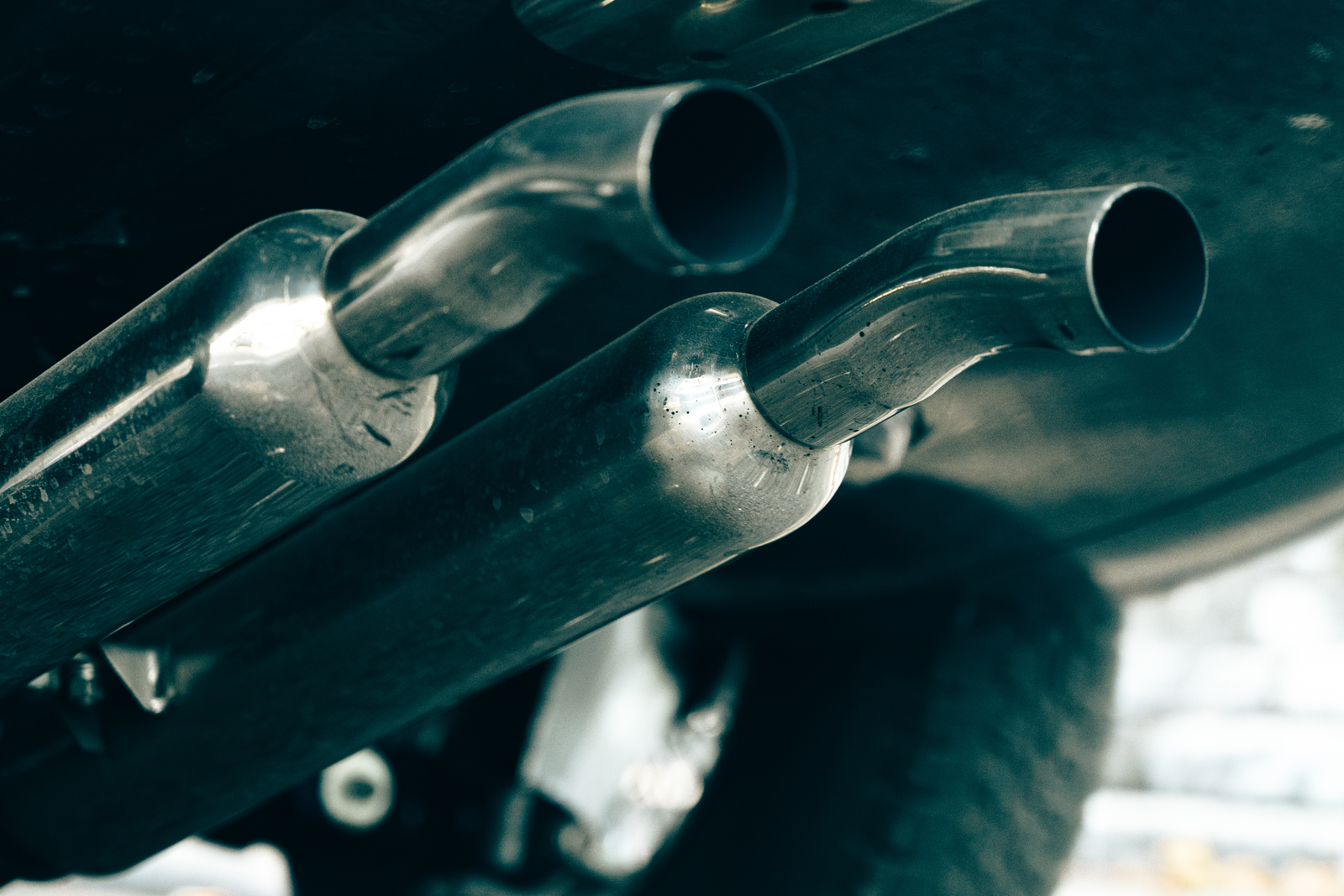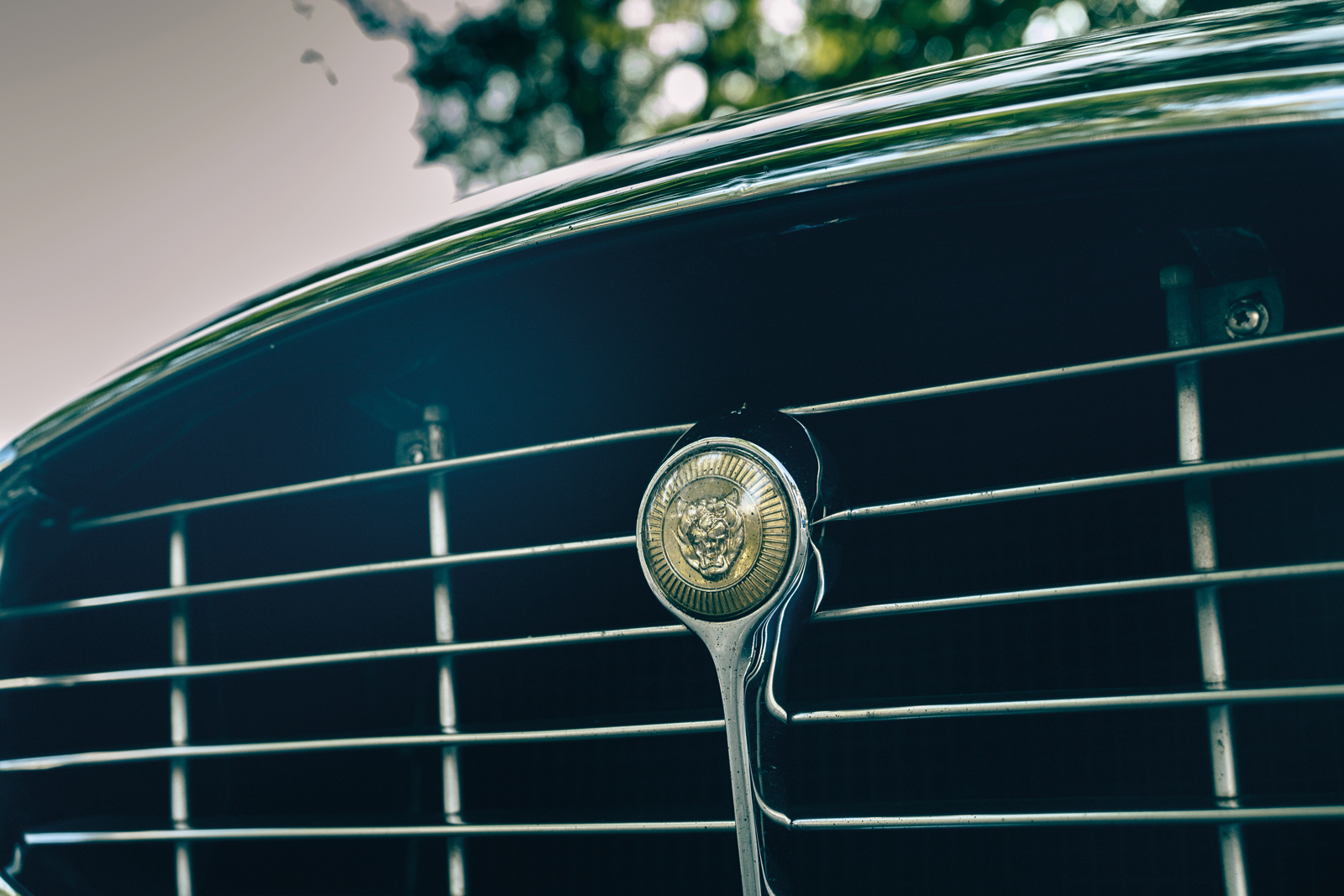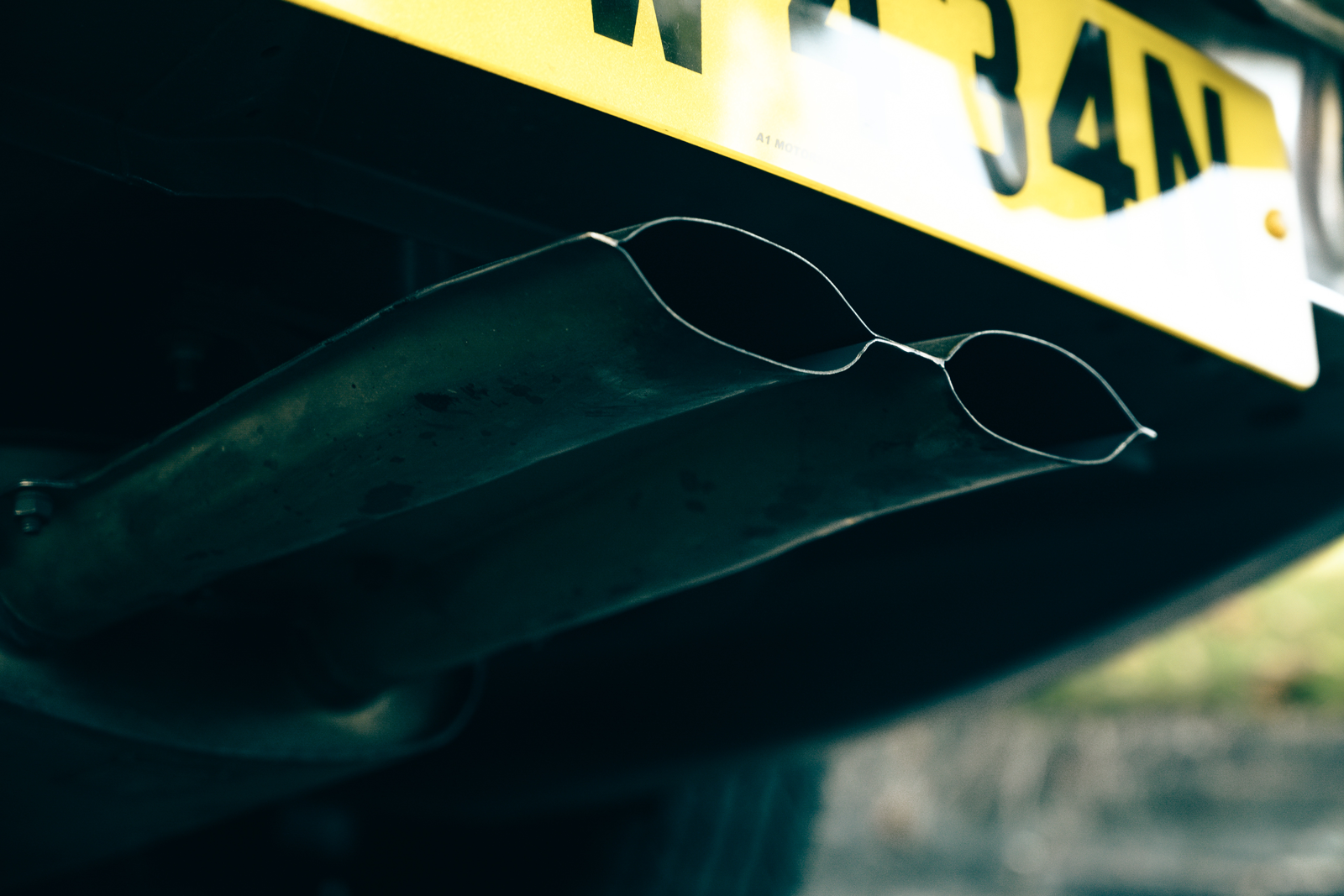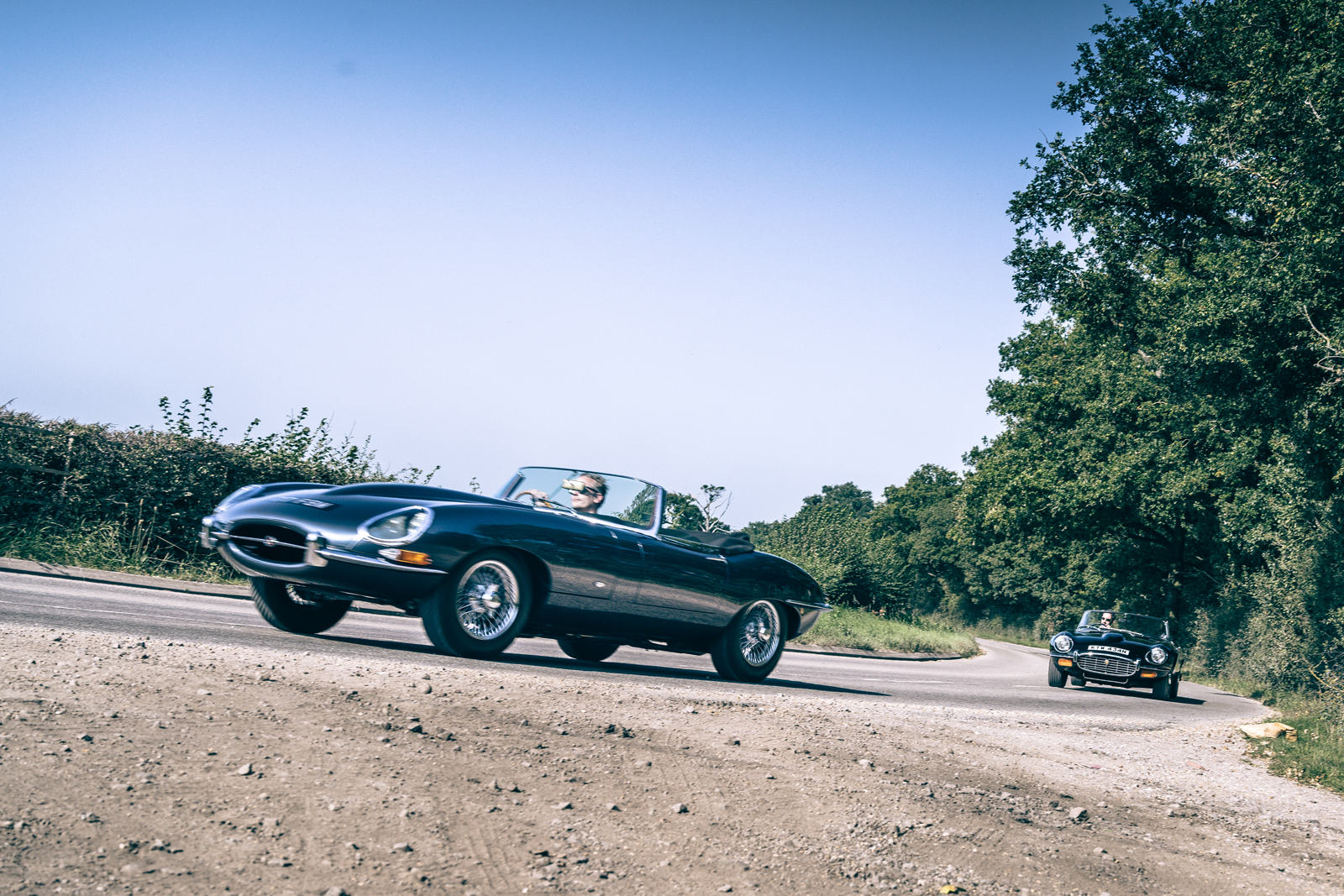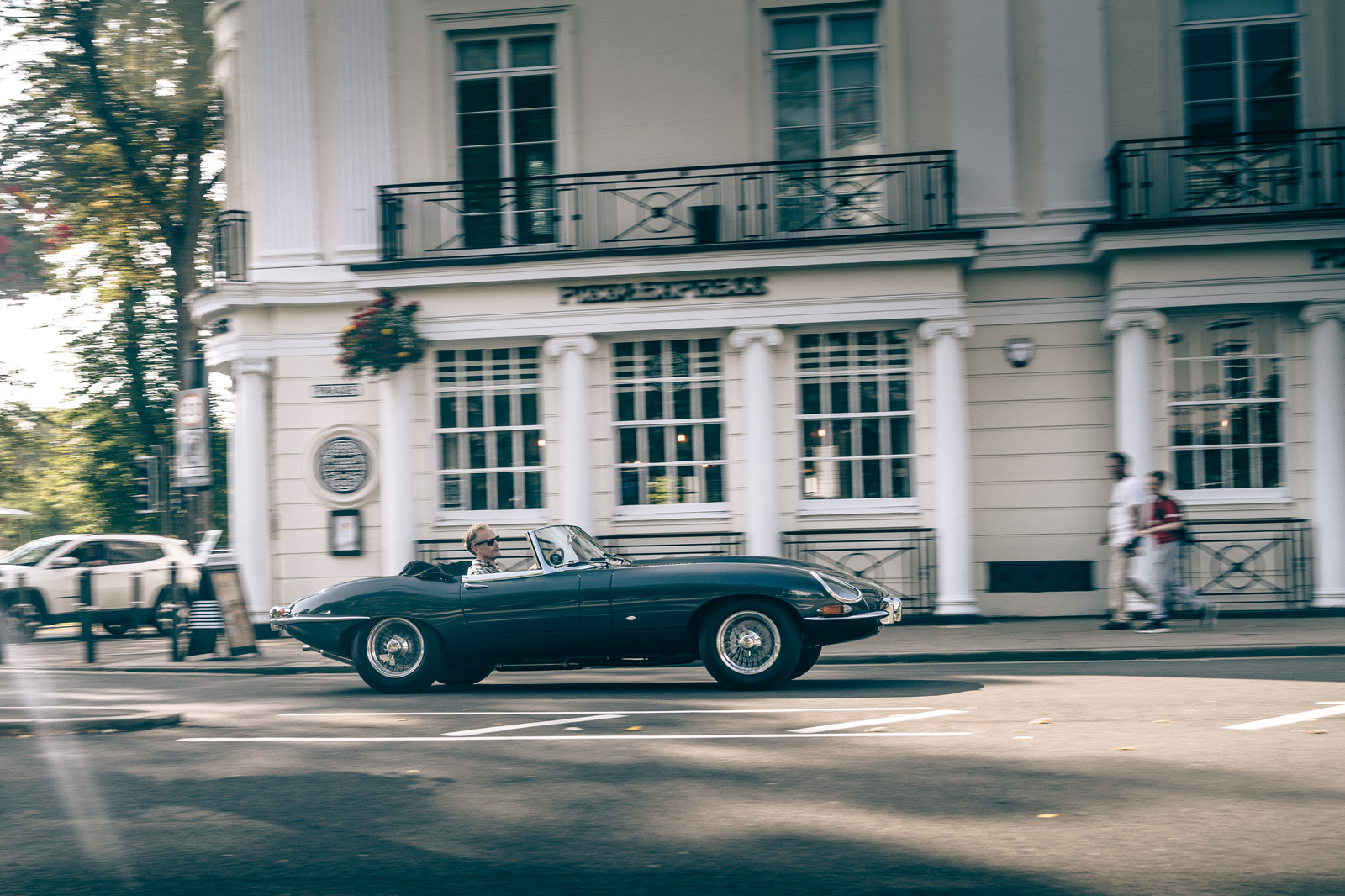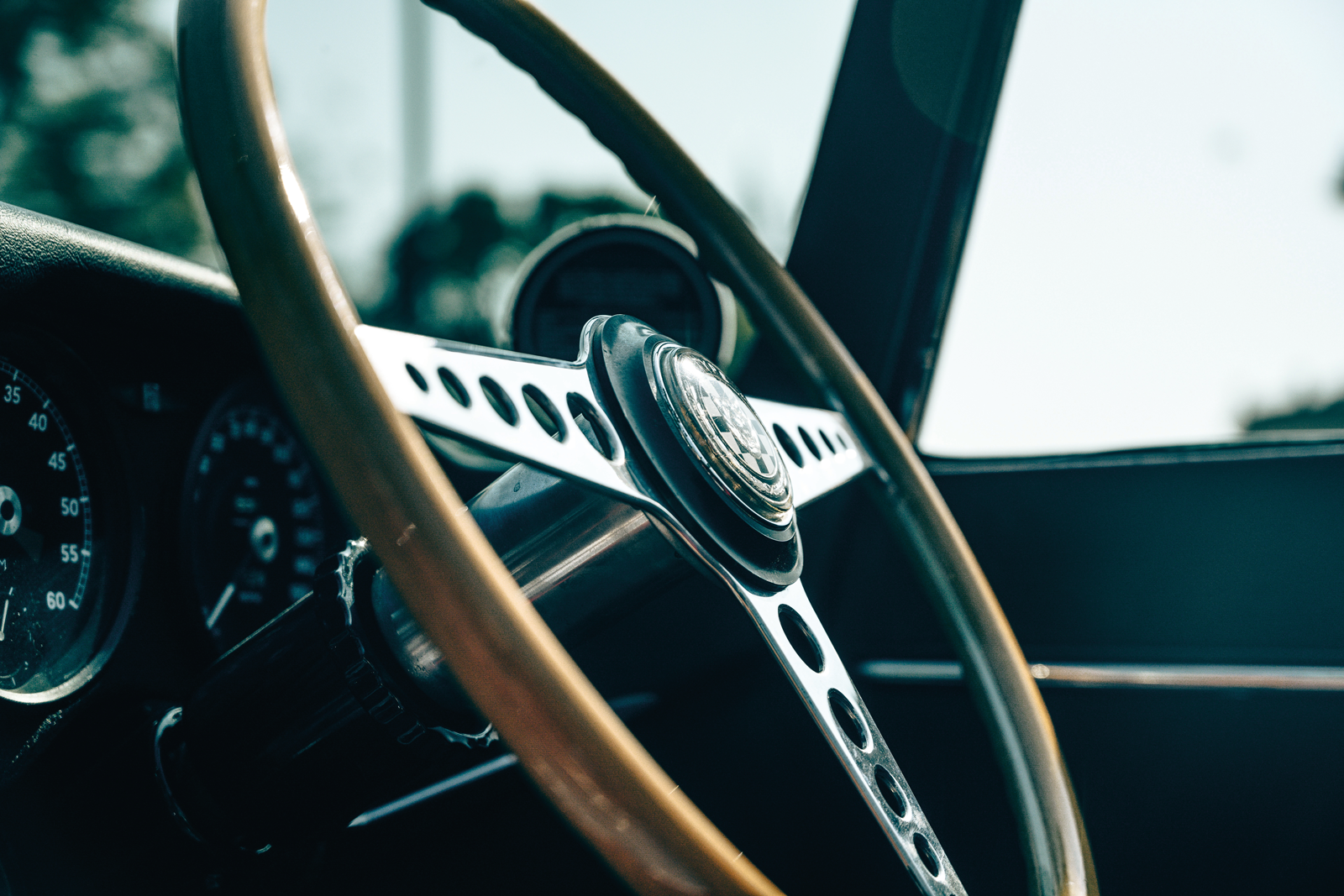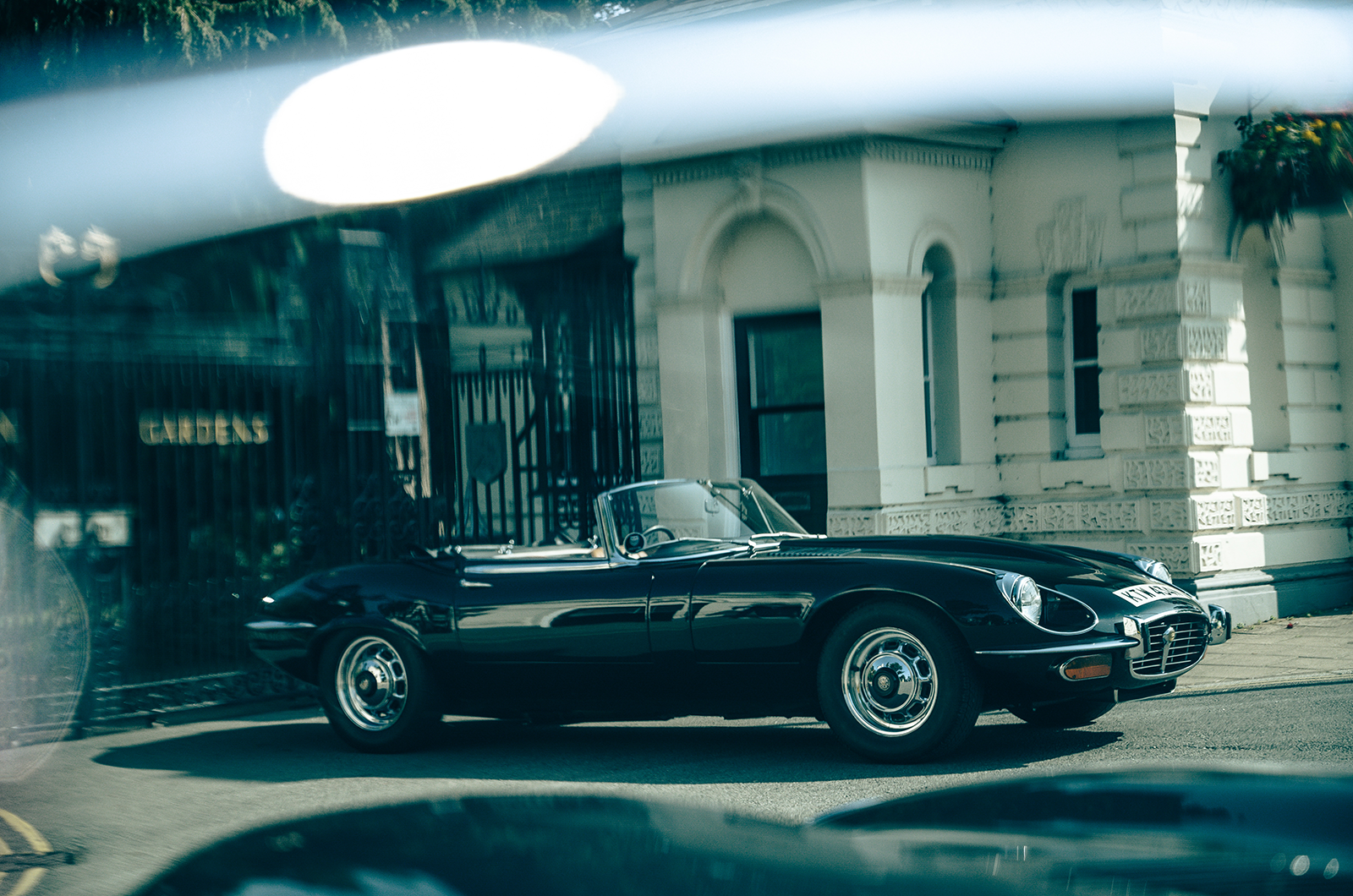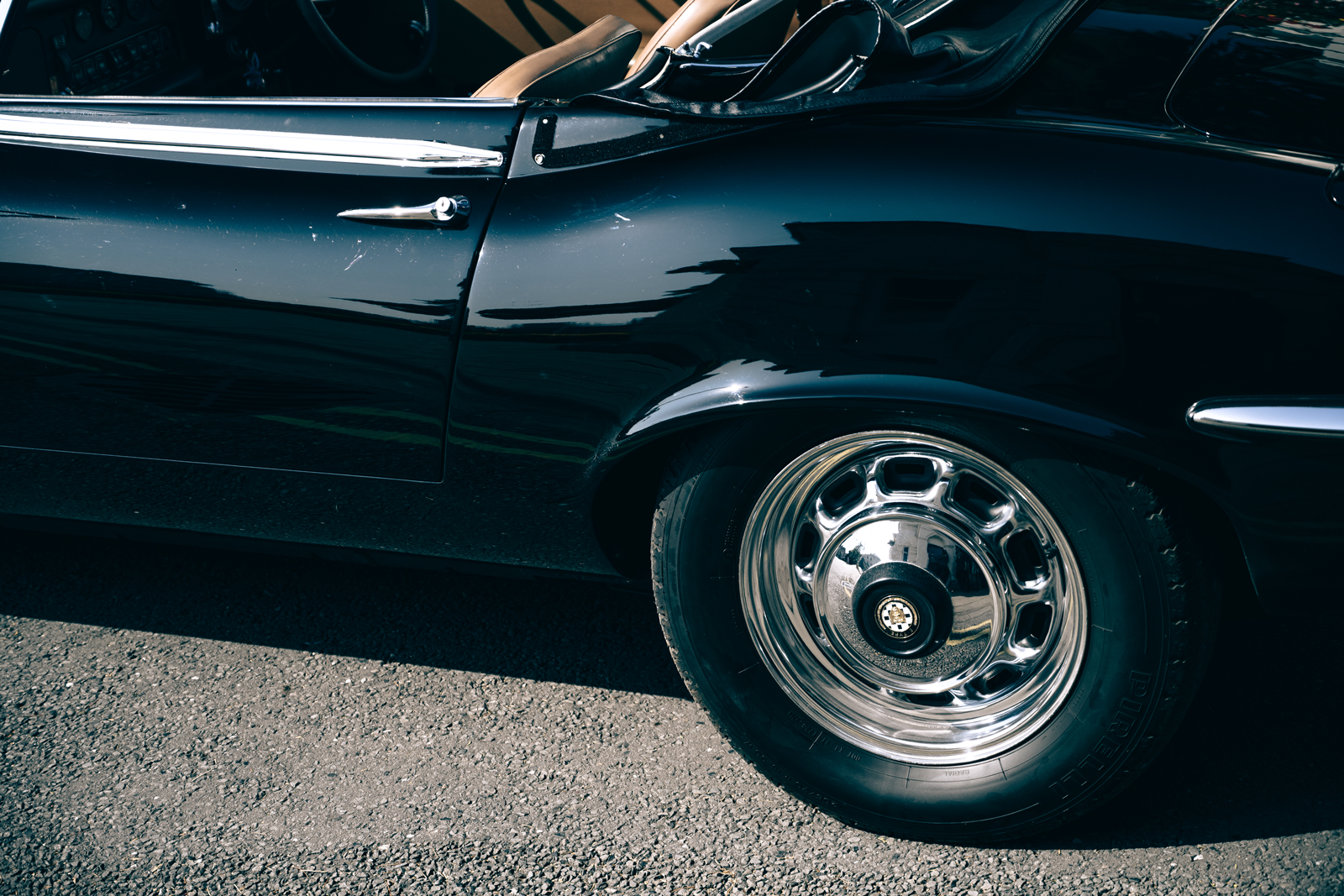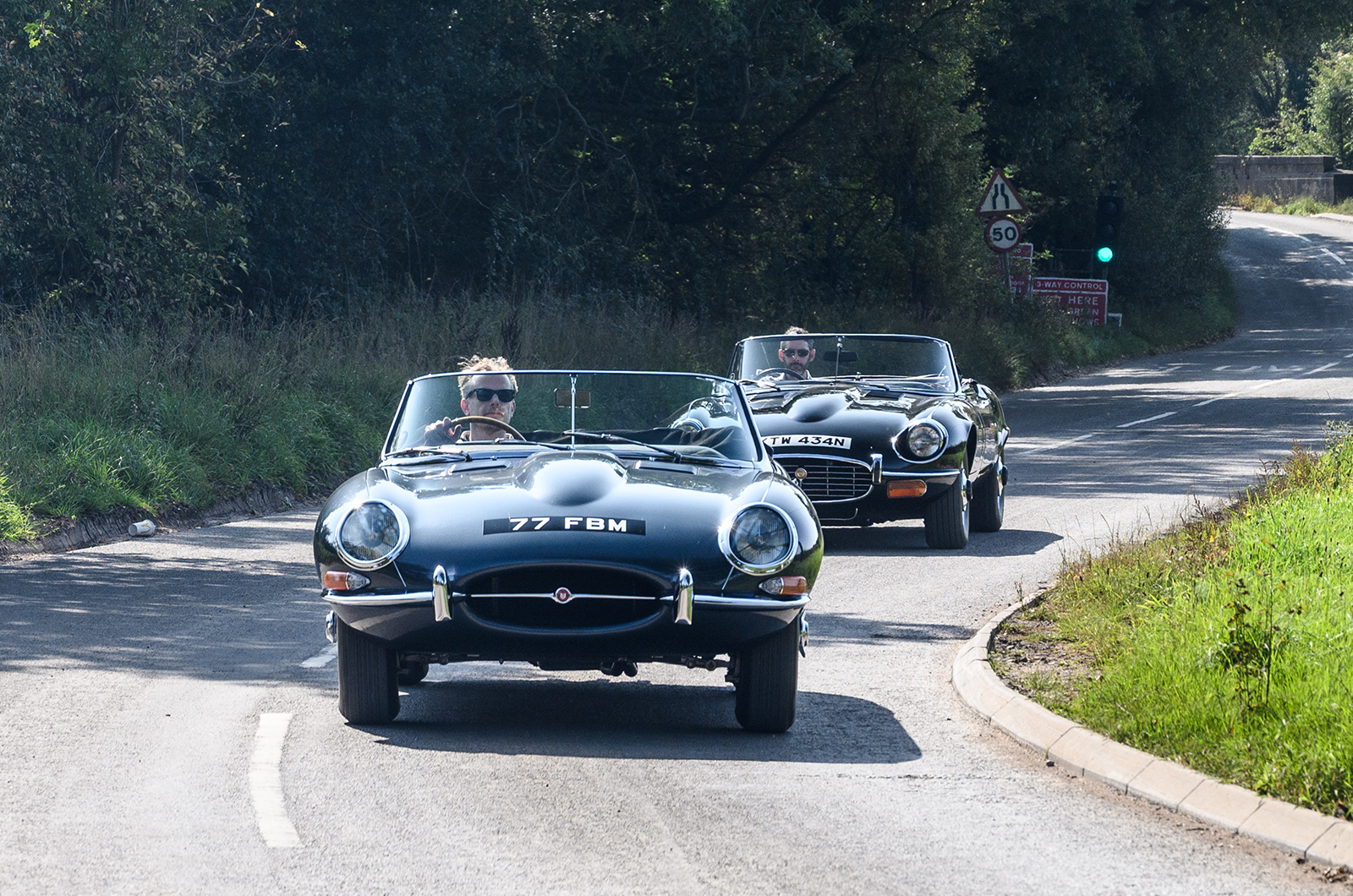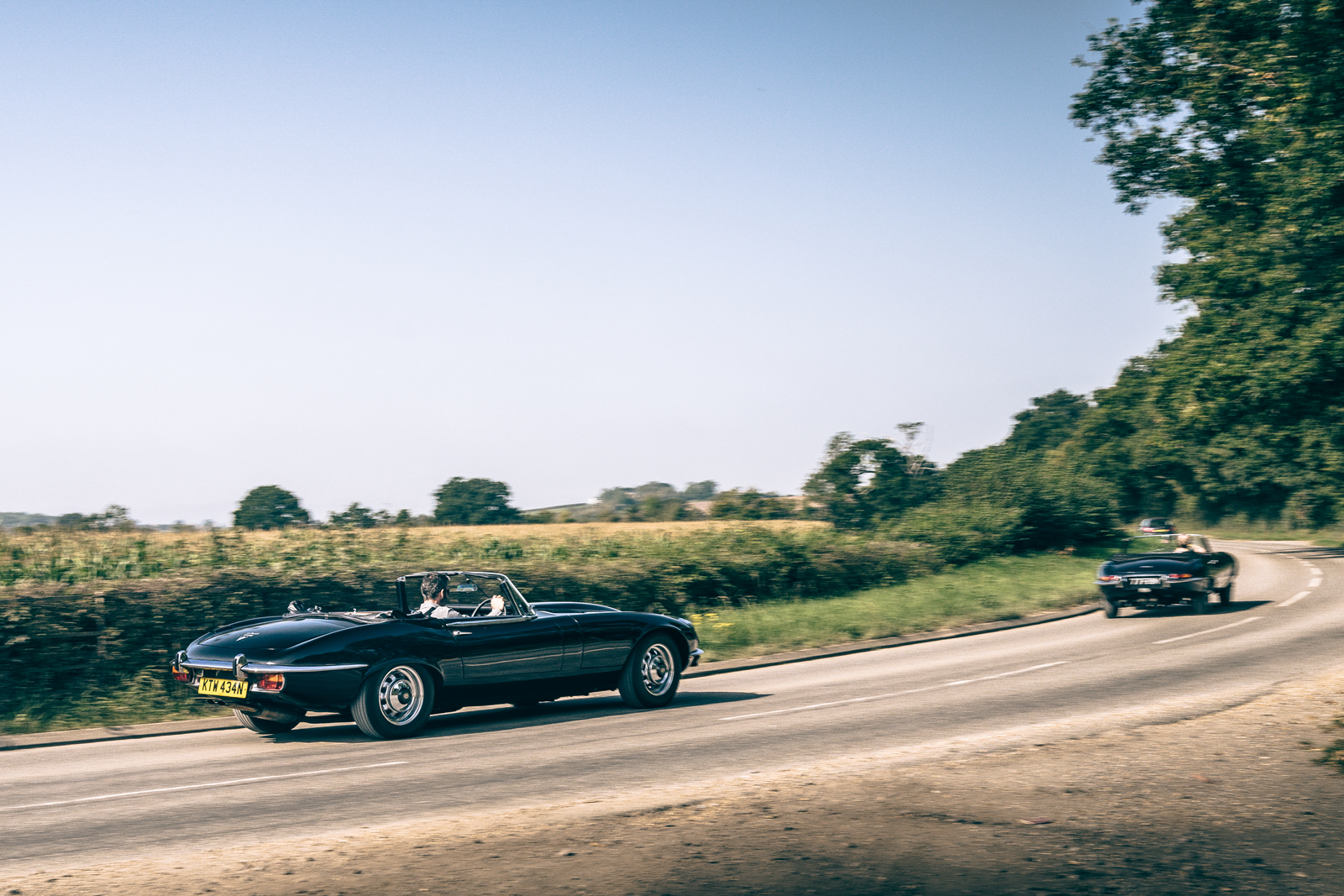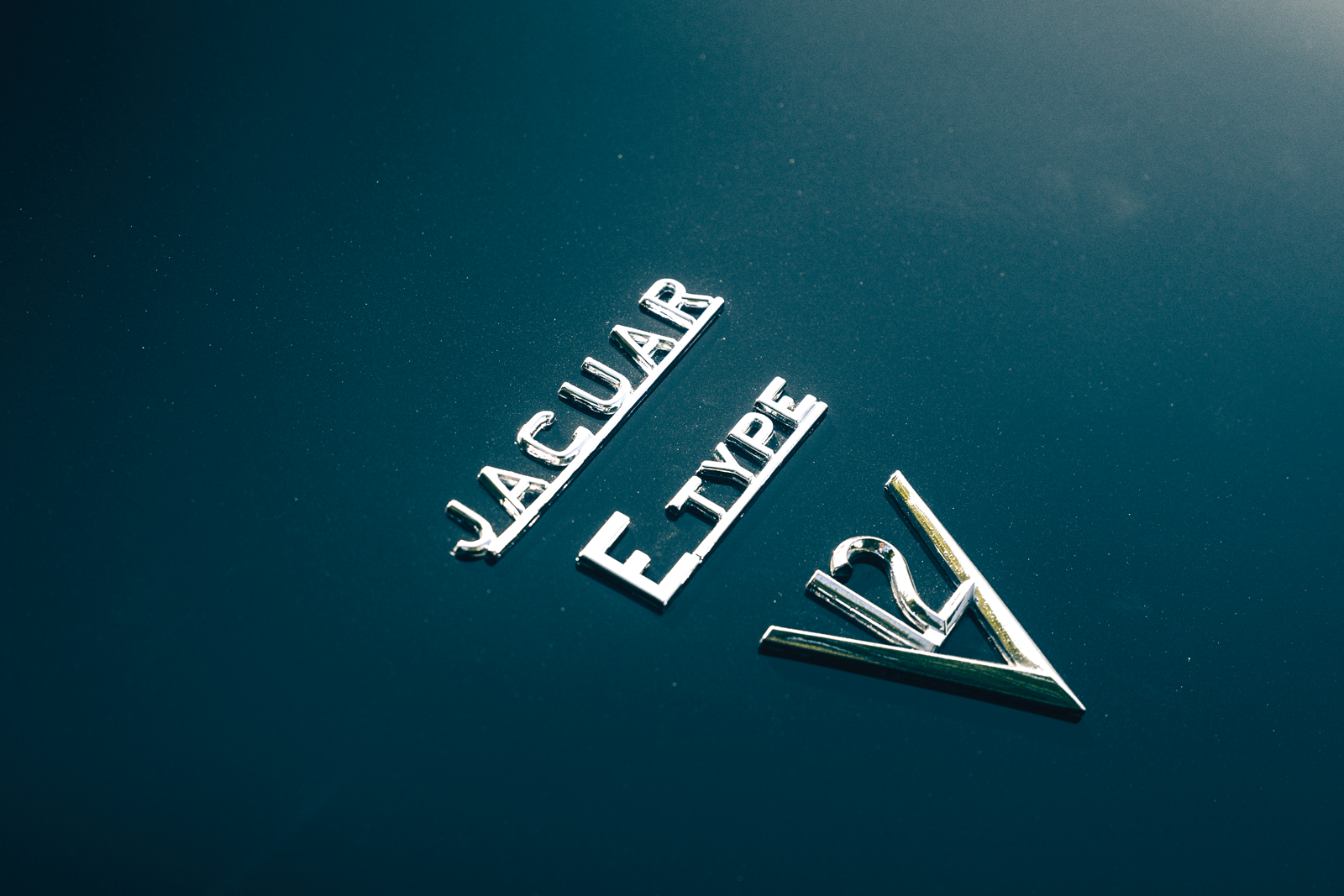Throttle response is immediate, pedal pressure being way lighter than you might imagine. The Moss ’box, however, is truculent. Going up, it’s fine, but going down is a different story.
Racing changes aren’t an option, nor does it respond to tactility. However, once acclimatised it isn’t an issue and the bottom-gear whine makes you smile.
The S1’s short windscreen can be a nuisance for drivers
Motorsport’s famous deerstalker exponent, John Bolster, opined in Autosport that the car’s 0-60mph time of 6.8 secs was ‘almost incredible’.
He also mentioned that: ‘145mph came up from time to time during ordinary road motoring,’ but then it was the 1960s.
Somewhere south of that figure, but driven enthusiastically, it still feels fast. The steering is delightfully analogue, too, being well-weighted, lively and responsive.
Then you arrive at a corner. The car is never less than communicative, and agile with it. On reasonably testy backroads, it’s throttle-adjustable and transitions keenly from apex to apex.
“The steering is delightfully analogue, being well-weighted, lively and responsive”
There is, however, a caveat in that the brakes do not inspire confidence (it’s an all-round disc set-up, inboard at the rear).
They work, but you wouldn’t want to summon their assistance in a hurry. Certainly not twice in rapid succession.
Legend also suggests that early E-types are skittish when pressed, but it feels way more user-friendly than a lot of cars of similar vintage, at least so long as you think ahead.
Despite the skinny rubber and seemingly narrow front track, it grips better than preconceptions might have you believe.
There’s a tautness and composure here found lacking in most of its contemporaries with their separate frames and beam axles.
The younger S3 E-type has the more purposeful appearance
Step into the more youthful of the two cars and it’s almost eerily quiet on start-up.
There’s merely the sound of a light flywheel spinning the short-stroke V12 into life.
Slot the gearlever into first, ease off the beautifully weighted clutch and the Series 3 E-type takes off with barely a murmur.
Such is the lack of fanfare, it comes as something of a surprise when you check the speedo for the first time and notice you’re going way faster than expected.
It isn’t so much that it’s a rocketship, more that it’s just so, well, undramatic. That initial impression never fades, either. If anything, it’s amplified.
No wire wheels for this Series 3 E-type
Unlike most modern-day exotica, the Series 3 variant doesn’t trumpet its impending arrival from miles away.
Unless you’re revving hard, which is unnecessary, the most you hear is a gentle hum from the exhaust pipes.
This is a car that can trickle along at 500rpm in top, which equates to 11mph. That’s remarkable still.
Even under load, it isn’t exactly extrovert. There’s little whine from the cams, or induction roar for that matter. Cruising at 70mph in fourth requires just 3200rpm, 80mph a mere 3700rpm.
As such, you can leave it in top all day, which is perhaps as well because the long-throw gearchange baulks a little, particularly when the transmission is hot.
Nose-to-tail on a rural run
It is only when you head out on to challenging country roads that the S3 loses ground to the earlier car.
The steering is dead at low speeds, the omnipresent hiss of the power assistance never far away.
However, with more pace the weight builds up appreciably yet it is nowhere near as communicative as the 1961 version’s set-up.
Weighing 1505kg (3316lb) compared with 1202kg (2650lb) for the straight-six roadster, only a small percentage of the extra heft can be attributed to the V12 jewel, which is 65kg (143lb) heavier than the XK unit.
The ride quality remains impressive, absorbing the worst topographical imperfections in unruffled style, but you notice the extra tonnage when cornering.
First and last united – and turning heads
The V12 example doesn’t like to be pushed. Stouter boots are accompanied by a wider track front and rear, while suspended from the strengthened bulkhead is a subframe that boasts the XJ6 saloon’s anti-dive geometry.
It does a good job of taming understeer, but at no point does this feel like a sports car.
It is securely planted, and offers a good compromise between ride and handling, but you wish the Series 3 model was that bit more involving; less civilised.
It is a superb cruiser, and has the additional advantage of stopping power (there are discs all round, the fronts ventilated, the solid inboard rears cooled by dedicated ducting).
The Series 3 just isn’t the last word in driver interaction.
Both are composed at all times, with feedback clearer in the S1 than the power-assisted S3
But then bombing down B-roads was never its intended purpose.
It isn’t so much that it isn’t as good as the original E-type, more that it’s a different beast entirely.
The first-series edition is, however, less anodyne. It’s a car that, for all its flaws, is way better than it ever needed to be to succeed. And how.
As Road & Track reported in September 1961: ‘To sum up this car in the third sentence of a report may be unusual, but for us it is easy to do. The car comes up to, and exceeds, all our greatest expectations.’
Jaguar’s E-type in its pure original form was – and still is – much more than just a car. It’s a cultural touchstone, and one that remains undiminished by familiarity.
Images: Olgun Kordal
Thanks to Mike Goodbun, Jaguar Classic
Factfiles
Jaguar E-type S1 3.8
- Sold/number built 1961-’68/17,375
- Construction steel monocoque with tubular front subframe
- Engine iron-block, alloy-head, dohc 3781cc straight-six, triple SU HD8 carburettors
- Max power 265bhp @ 5500rpm
- Max torque 260lb ft @ 4000rpm
- Transmission Moss four-speed manual, no synchro on first, RWD
- Suspension independent, at front by double wishbones, torsion bars, telescopic dampers, anti-roll bar rear lower links, driveshafts as upper links, twin coil/damper units
- Steering rack and pinion
- Brakes discs, with servo
- Length 14ft 7¼in (4450mm)
- Width 5ft 4¼in (1660mm)
- Height 3ft 11in (1190mm)
- Wheelbase 8ft (2440mm)
- Weight 2650lb (1202kg)
- 0-60mph 6.8 secs
- Top speed 149mph
- Mpg 17.9
- Price new £1550
- Price now £100-200,000 (flat-floor roadster)*
Jaguar E-type S3 V12
- Sold/number built 1971-’74/7990
- Construction steel monocoque with tubular front subframe
- Engine all-alloy, sohc-per-bank 5343cc 60º V12, four Zenith-Stromberg carburettors, Lucas Opus electronic ignition
- Max power 272bhp @ 5750rpm
- Max torque 304lb ft @ 3500rpm
- Transmission four-speed manual or Borg-Warner three-speed auto
- Suspension independent, at front by double wishbones, torsion bars, telescopic dampers, anti-roll bar rear lower links, driveshafts as upper links, twin coil/damper units, anti-roll bar
- Steering power-assisted rack and pinion
- Brakes discs all round, ventilated at front, solid inboard at rear, with servo
- Length 15ft 4½in (4685mm)
- Width 5ft 6in (1679mm)
- Height 4ft (1219mm)
- Wheelbase 8ft 9in (2667mm)
- Weight 3316lb (1505kg)
- 0-60mph 6.3 secs
- Top speed 143mph
- Mpg 15
- Price new £3743 (1974)
- Price now £50-110,000*
*Prices correct at date of original publication
READ MORE
Transatlantic tussle: Chevrolet Corvette vs Jaguar E-type
Buyer’s guide: Jaguar E-type S1, S1.5 & S2
Don’t buy that, buy this: Jaguar E-type vs Marcos 3-Litre
Meet the bespoke E-type racer built for the road
Richard Heseltine
Richard Heseltine is a long-time contributor to Classic & Sports Car
